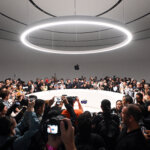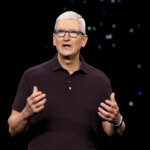Forty years later, Apple remains undefeated in Japan
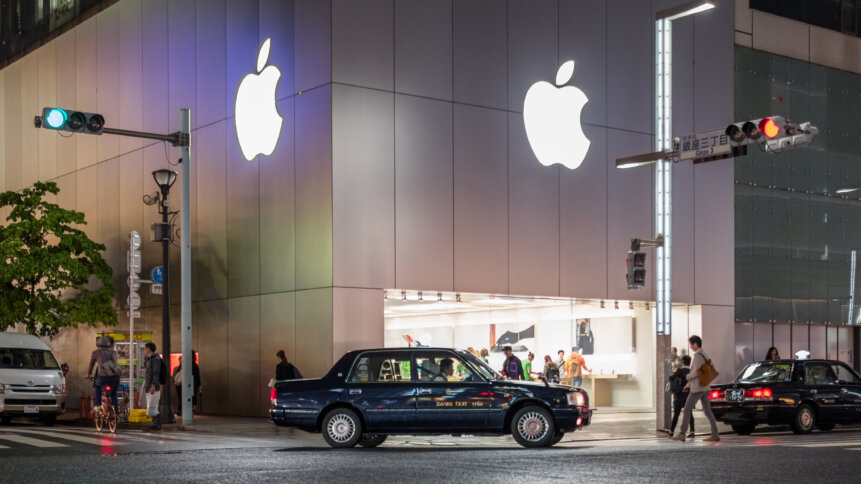
- In 2022, the App Store ecosystem by Apple in Japan helped developers generate billings and sales totaling US$46 billion.
- Between 2020 and 2022, revenue accrued by small developers increased by 32%.
- As of last year, Apple held a roughly 49% share of the Japanese smartphone market in unit terms.
When Apple Inc. stablished its first unit in Japan in 1983, it faced many barriers despite having a big slice of the computer market in the rest of the world with a line of easy-to-use computers. Apple’s market share was near nil in Japan for the first few years. But as the decade passed, Japan suddenly became Apple’s fastest-growing market.
So much so that Apple even started snatching market share from Japanese companies. For context, in 1991, according to an archived article by The New York Times, Japanese computer manufacturers suffered an unprecedented 29% decline in domestic shipments between October and December. Meanwhile, Apple saw its unit sales jump more than 40%.
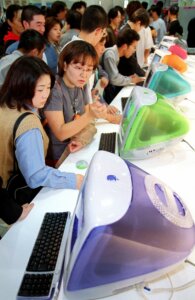
Japanese youths inspect the iMac DV from US computer maker Apple Computer Inc,. at a department store in Tokyo 16 October 1999. AFP PHOTO/Toru YAMANAKA (Photo by TORU YAMANAKA / AFP)
Considering Japan has been a notoriously difficult market for foreign companies to crack, Apple’s feat in the land of the rising sun is something to boast about. Distribution in Japan had been entrusted to partners such as Toray before then, and to a Canon unit for a time afterward.
Then came 2008, when Apple released the first iPhones in Japan. The phones had 3G connectivity – a rare but desirable feature then.
At that point, the market was saturated with models lacking 3G connectivity, and did not support installing third-party apps. But the Japanese desired more features and functions than users in other markets. Recognizing that, Apple gradually added features and functionalities in subsequent models and iOS software.
When Apple’s initial carrier partner, Softbank, took over, its popularity skyrocketed even further. The company relied on low prices and aggressive marketing. Masayoshi Son, the CEO, collaborated with his long-time friend Steve Jobs to tailor iPhones to Japanese users’ desires and preferences. Eventually, the iPhone became a must-have item in Japan.
In short, the iPhone was one of the first smartphones widely adopted in Japan. The ‘iPhone for Everyone’ campaign by Softbank fueled the fire. The appeal of he iPhone was further bolstered by carriers offering more generous subsidies for the phone, making it more affordable for Japanese consumers.
But it wasn’t all smooth sailing for the American tech giant in Japan. Eventually, as Japan gradually transitioned into making its own models for the smartphone market, there was increased competition, especially from Samsung, yet Apple continued its dominance. Samsung ranked fourth in Japan, behind Apple, Sony, and Sharp Corp for most of the years since it began offering smartphones, partly because of a Japanese consumer bias that works against many Korean brands.
In fact, the anti-Korean sentiment in Japan was ultimately at the heart of Samsung’s failure in the country.
Apple in Japan 40 years later
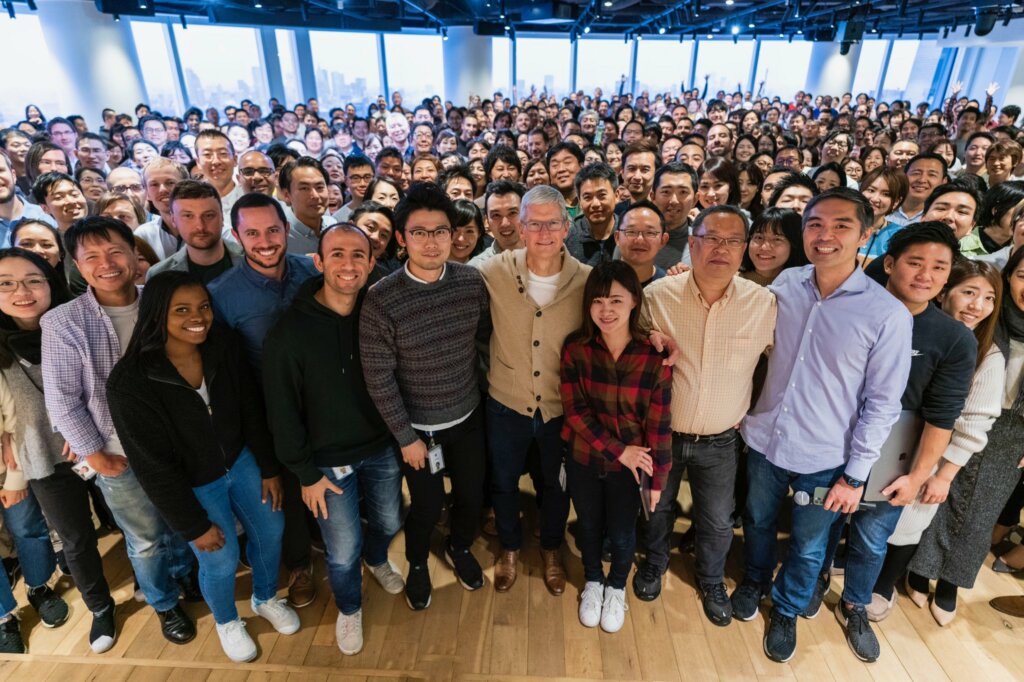
Tim Cook in Japan, December 2022. Source: Twitter
Today, Apple still stands strong in Japan, regardless of the increased competition. While Apple opened its first non-US store in Tokyo in 2003, the tech giant today has ten across the country, including in Fukuoka and Kyoto. When Tim Cook visited Japan last year, he shared that the company had invested more than US$100 billion in its Japanese supply network over the last five years.
YOU MIGHT LIKE

Japan is a critical market for Vision Pro to conquer
Cook also explained that Apple had boosted its spending on suppliers in Japan by more than 30% since 2019. Japan has also become a critical manufacturing and sales hub for Apple. The country’s market for electronic components grew with the release of the iPhone, and Apple’s supply chain now spans nearly 1,000 companies.
And this week, Japan celebrates 40 years of Apple in the country. So, Apple’s CEO took the chance to announce that the company’s App Store ecosystem in Japan has helped developers generate billings and sales of US$46 billion for 2022 alone. Cook added that revenue accrued by small developers increased 32% between 2020 and 2022.
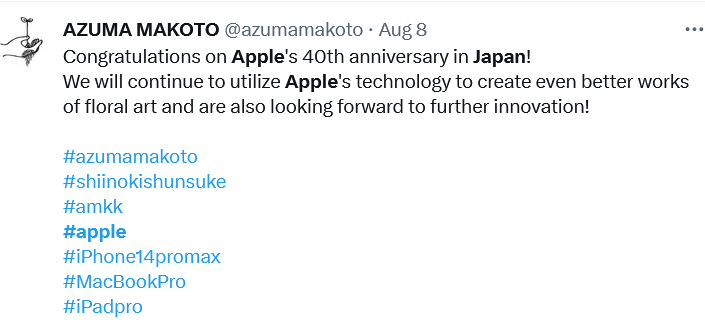
It’s not all about the semiconductors…
Apple supports more than one million jobs in Japan through its supply chain and the app economy. As for market share, Apple held a roughly 49% share of the Japanese smartphone market in unit terms in 2022, according to Tokyo’s MM Research Institute. Apple was the top cellphone vendor in the country for the 11th straight year, starting in 2012. It also controls around half of the tablet market and around 60% of smartwatches.
But headwinds have grown of late, which saw Apple’s Japan sales fall 11% on the year last quarter and accounted for just 6% of the companywide total. Reports are indicating that the downturn stemmed partly from a weak yen, as well as from new restrictions on discounted smartphone sales.
Nevertheless, Japan remains an Apple stronghold, and it’s reasonable to believe it’ll stay that way for a while.






